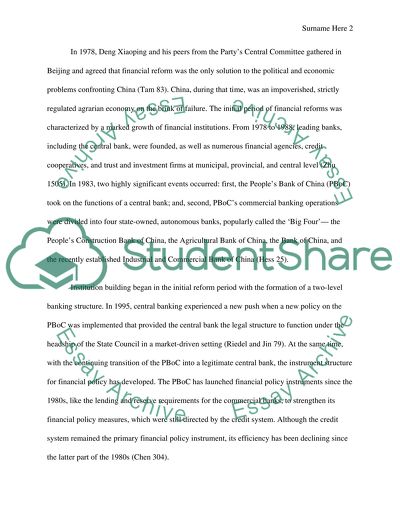Cite this document
(“To what extent does international trade explain the remarkable success Essay - 1”, n.d.)
To what extent does international trade explain the remarkable success Essay - 1. Retrieved from https://studentshare.org/miscellaneous/1682550-to-what-extent-does-international-trade-explain-the-remarkable-success-of-the-east-asian-economies-since-1945
To what extent does international trade explain the remarkable success Essay - 1. Retrieved from https://studentshare.org/miscellaneous/1682550-to-what-extent-does-international-trade-explain-the-remarkable-success-of-the-east-asian-economies-since-1945
(To What Extent Does International Trade Explain the Remarkable Success Essay - 1)
To What Extent Does International Trade Explain the Remarkable Success Essay - 1. https://studentshare.org/miscellaneous/1682550-to-what-extent-does-international-trade-explain-the-remarkable-success-of-the-east-asian-economies-since-1945.
To What Extent Does International Trade Explain the Remarkable Success Essay - 1. https://studentshare.org/miscellaneous/1682550-to-what-extent-does-international-trade-explain-the-remarkable-success-of-the-east-asian-economies-since-1945.
“To What Extent Does International Trade Explain the Remarkable Success Essay - 1”, n.d. https://studentshare.org/miscellaneous/1682550-to-what-extent-does-international-trade-explain-the-remarkable-success-of-the-east-asian-economies-since-1945.


